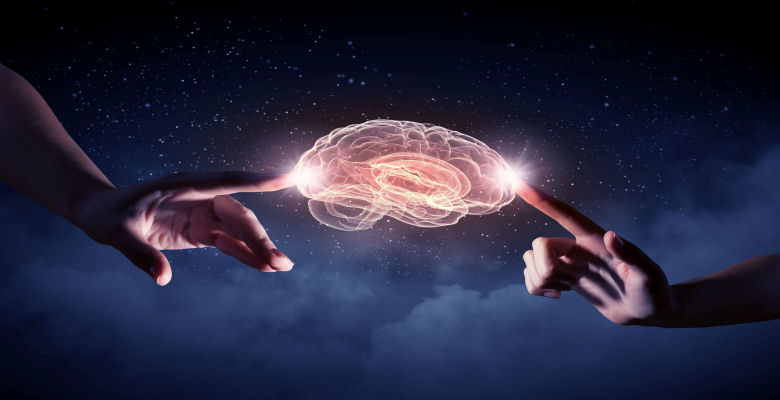How the brain controls our sense of touch
MRC Funded grant to offer most detailed insight yet

New research is set to reveal the cortical processing of our sense of touch at an unprecedented level of resolution, providing new insights into why nerve pathways are altered in patients suffering from some types of neurological disorders, including carpal tunnel syndrome, common in office workers.
Researchers at the Research Centre for Brain & Behaviour at Liverpool John Moores University in collaboration with the University of Nottingham are using this sophisticated MRI technology, coupled with a pioneering sensory nerve recording and stimulating technique.
The three-year Medical Research Council (MRC) funded study (£~700K) is being led by Dr Sue Francis (PI) at Nottingham University’s Sir Peter Mansfield Brain Imaging Centre and Professor Francis McGlone (Co-I) from the School of Natural Sciences & Psychology at LJMU.
Professor McGlone explains:
“In the human brain there is a strip of cortex which is responsible for processing sensory information from the body e.g. touch, pain, temperature etc called the somatosensory cortex, and a large part of this ‘strip’ is allocated specifically to processing sensory information from the hands.
“Neuroscientists have only recently started to form detailed maps of the cortical areas responsible for sensing touch from individual fingers – an essential first step in providing a deeper understanding of how we feel. In this project we will be exploiting the enhanced spatial resolution of ultra-high field fMRI at Nottingham with a nerve recording and stimulating technique called microneurography.”
The project will map the cortical representation of the digits to corresponding areas of the somatosensory cortex in response to mechanical stimulation and, for the first time, bespoke patterns of single nerve fibre electrical stimulation, during fMRI. They will be recording the electrical signatures given out by individual touch nerves and feeding those tailored signatures back to the nerves, using in-house designed MR-compatible microstimulation equipment.
By ‘playing back’ to a touch nerve these natural electrical patterns it is hoped to tap into the perceptual language of touch by ‘talking’ to the brain in its own language.
This data will be used to compare how somatosensory processing differs in patients with neurological disorders such as dystonia, which causes spasms and contractions in the hands, and carpal tunnel syndrome, a painful condition which is caused by the compression of a major nerve as it passes over the carpal bones in the wrist. In particular, they are keen to discover why some treatments for these conditions, such as botulinum injections, become ineffective and whether this is caused by the brain re-organising pathways responsible for touch sensation.
The study team includes experimental psychologists and a clinical neurologist from Nottingham University Hospitals Trust, neuroscience and clinical neurophysiology experts from Liverpool John Moores University and microneurography experts from LJMU, Aix-Marseilles Université in France and Sweden’s University of Gothenburg.


